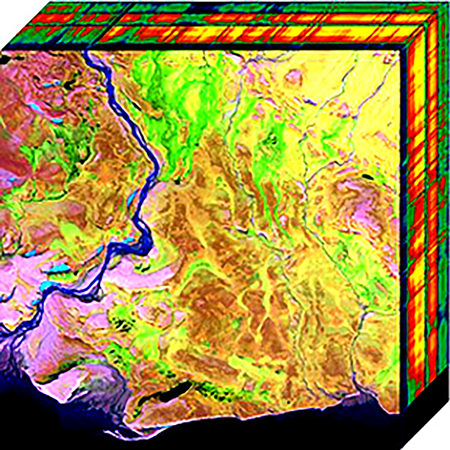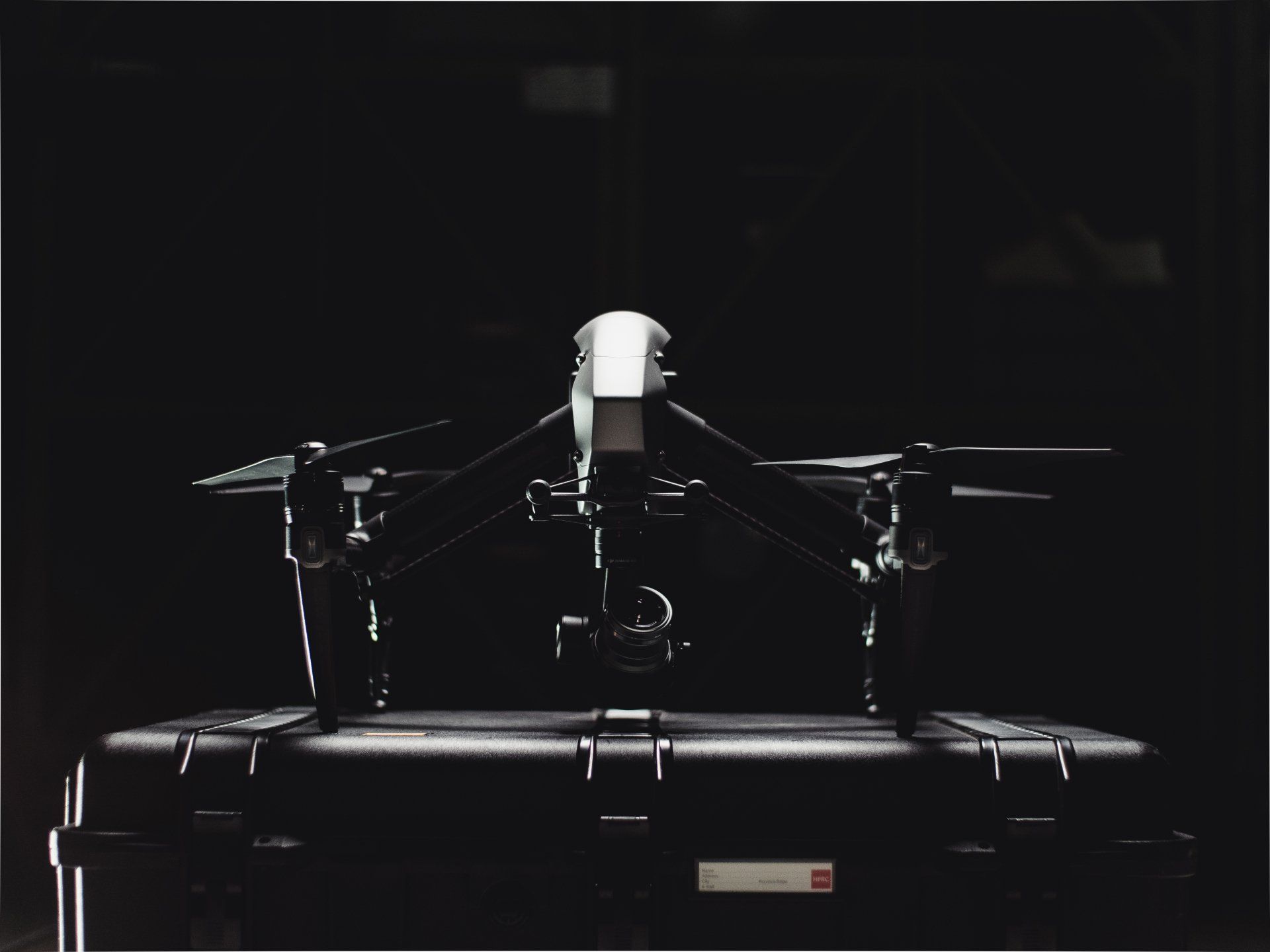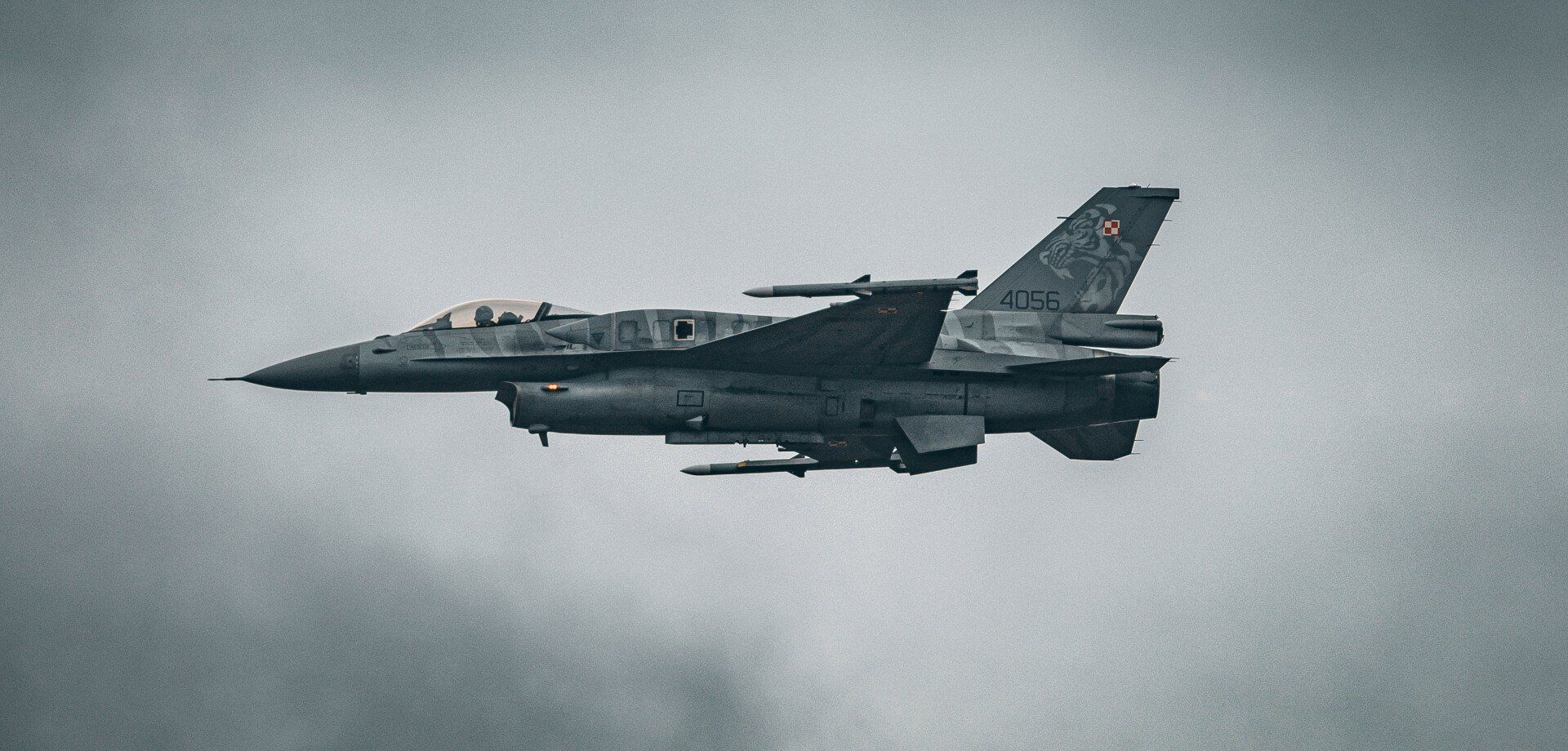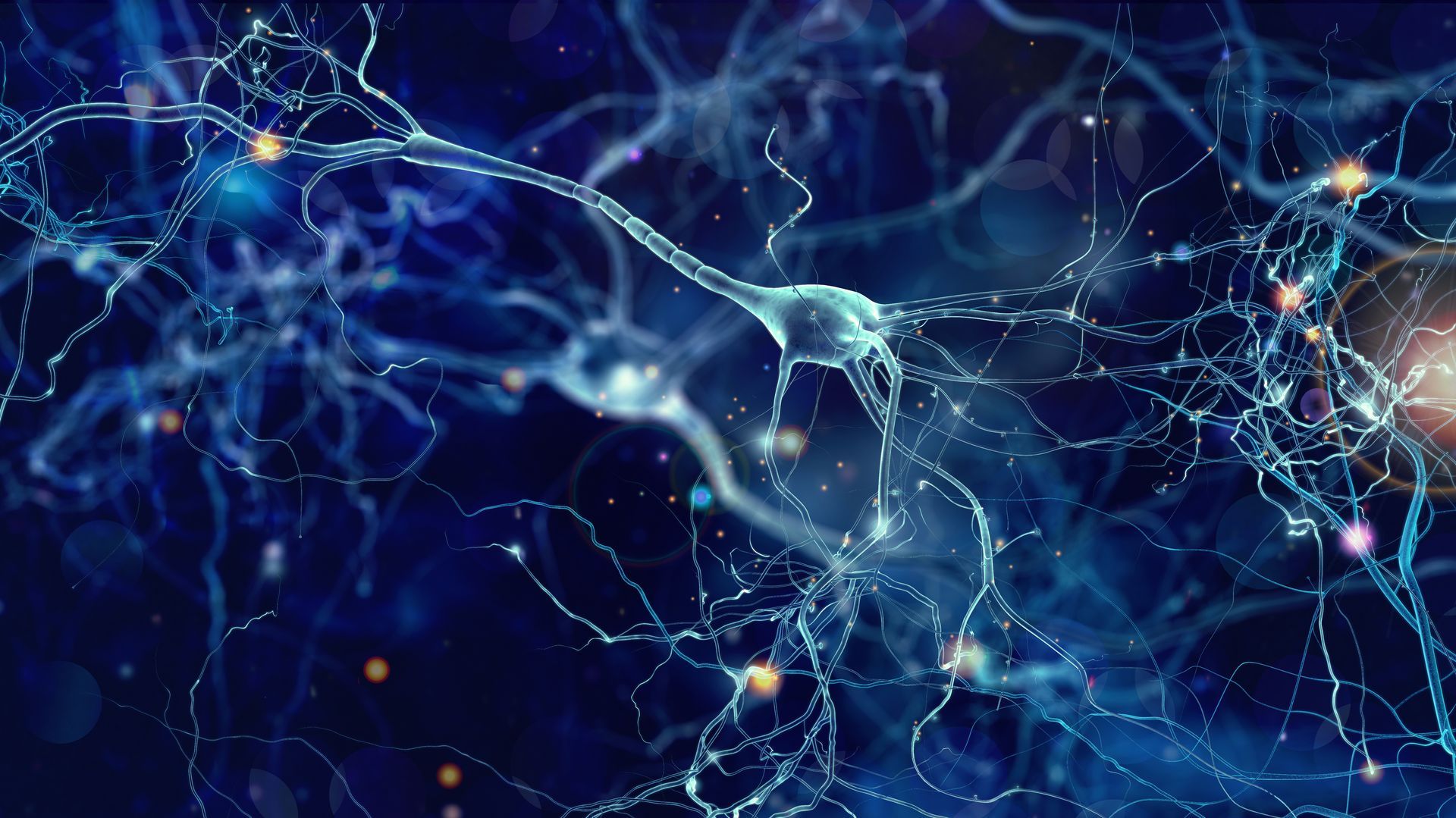Revolutionizing Command-and-Control Through Advanced Reinforcement Learning Technologies
Empowering Decision-Making with Reinforcement Learning

Enhancing Command-and-Control Systems with Advanced Reinforcement Learning Solutions
At the forefront of technological innovation in complex and dynamic operational environments, Reinforcement Learning (RL) emerges as a pivotal solution. Distinct from traditional supervised and unsupervised learning methodologies, RL thrives on a foundation of trial and error. This approach enables an agent to develop optimal decision-making strategies through direct interaction with its environment. In the specialized realm of command and control (C2) systems, where decisions must be made swiftly and accurately, the adoption of RL offers unparalleled potential.
Deep Dive into Reinforcement Learning:
Central to RL is the concept of experiential learning. Agents, whether algorithms or modules, engage with an environment, executing actions and receiving feedback through rewards or penalties based on their decisions' effectiveness. The ultimate aim is to formulate a policy that maximizes cumulative rewards over time, guiding decision-making to achieve optimal outcomes.
RL's foundational elements—comprising agents, environments, actions, states, and rewards—serve as the keystones for intelligent decision-making within C2 frameworks. Envision an agent tasked with optimizing resource distribution in a volatile battlefield scenario. It navigates through a myriad of states, from threat levels to mission statuses and resource availability, choosing actions that ensure the highest mission success rate with minimal risk exposure.
Transformative Applications in C2 Systems:
RL's integration into C2 ecosystems heralds a new era of operational capabilities:
- Dynamic Decision-Making: RL algorithms continually refine strategies to adeptly navigate evolving threats, mission dynamics, and operational limits, fostering agile decision-making processes.
- Strategic Resource Allocation: RL enhances decision-making on asset, personnel, and capability deployment, optimizing resource distribution for maximum mission efficacy and strategic goal fulfillment.
- Adversarial Tactics Response: By predicting and countering adversarial moves in real-time, RL fortifies defensive strategies, ensuring operational dominance.
- Mission Planning Excellence: RL-driven planning tools craft superior mission strategies, accounting for objectives, resource constraints, and enemy strategies, guaranteeing mission accomplishment.
- Advanced Training Simulations: Employing RL for training and simulation purposes offers authentic scenarios for personnel to hone their decision-making, strategy formulation, and tactical skills.
Reinforcement Learning Benefits for C2 Systems:
Incorporating RL into C2 frameworks unlocks significant advantages:
- Unmatched Adaptability: RL-powered C2 systems dynamically adjust to shifting mission demands, environmental changes, and adversary tactics, enhancing operational agility and response.
- Operational Efficiency: Through streamlined decision-making and resource management, RL algorithms improve resource efficiency, reduce operational timelines, and elevate mission success rates.
- Enhanced Robustness: RL ensures decision-making resilience against uncertainties and operational disruptions, maintaining consistent performance under adverse conditions.
- Elevated Autonomy: By granting a degree of autonomy, RL enables C2 systems to perform intelligent decision-making and take proactive measures without constant human oversight, vital in urgent or critical situations.
- Continuous Learning and Improvement: RL algorithms evolve by learning from past actions and feedback, progressively improving decision-making quality and strengthening C2 systems' overall effectiveness and resilience.
Reinforcement Learning signifies a revolutionary shift in the operation of C2 systems, propelling them towards a future marked by adaptive, efficient, and autonomous decision-making capabilities. As the exploration and application of RL continue to expand, the strategic and operational landscape of military endeavors is set to achieve new levels of effectiveness and resilience.










